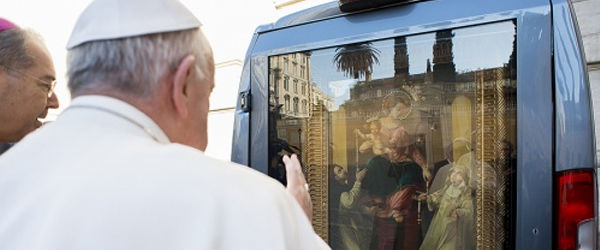The 20 new students probably didn’t know they were making history when they arrived at the first day of school at All Souls School in Alhambra last month. They probably were focused on the newly waxed floors, the clean classrooms, the happy teachers and their nervous classmates. Still, the fact remained that this little troop was making a major mark in local education as the first dual language immersion school in the Los Angeles Archdiocese. It’s also the first Catholic school in the nation to offer two concurrent language tracks, one in English/Mandarin and another in English/Spanish. Parents decide which track they wish their child to be enrolled. “This really has been a collective effort,” said principal Anne Bouvet who, having served at other archdiocesan schools, came out of retirement to take on, as she called it, “an exciting adventure” at the school which first opened in 1921, but closed in 2010 due to a declining enrollment in tough economic times. “I can’t imagine this happening without the help of so many,” added Bouvet. From our parish priest, Father Joseph KimDang Nguyen, to our alumni, parents, school board members and parishioners, everyone stepped up and put this together. This couldn’t have happened five years ago, but today it was just the right mix of people and the right timing.”A typical school day today at All Souls is all about alternation. Full immersion in Chinese, for example, finds children spending half their day in the Chinese classroom speaking only Mandarin, and the other half of their day in the English classroom speaking only English. It’s a similar program for children enrolled in the Spanish/English track (Spanish half the day, English the other half). Working for almost a year before opening day, Bouvet and her school board team got the word out about the school to the local community via ads in local publications and offered play dates and school tours throughout the late spring and summer.The principal idea behind dual immersion, said Bouvet, is to educate the whole child and get him or her ready for the challenges of the 21st century “with the ability to read, write, think, and communicate in two languages.” Learning languages, she added, is also a way to “bridge understanding of different ethnic countries,” and to see the larger scope of humanity beyond national borders. {gallery width=100 height=100}gallery/2012/0907/sgplayground/{/gallery}

